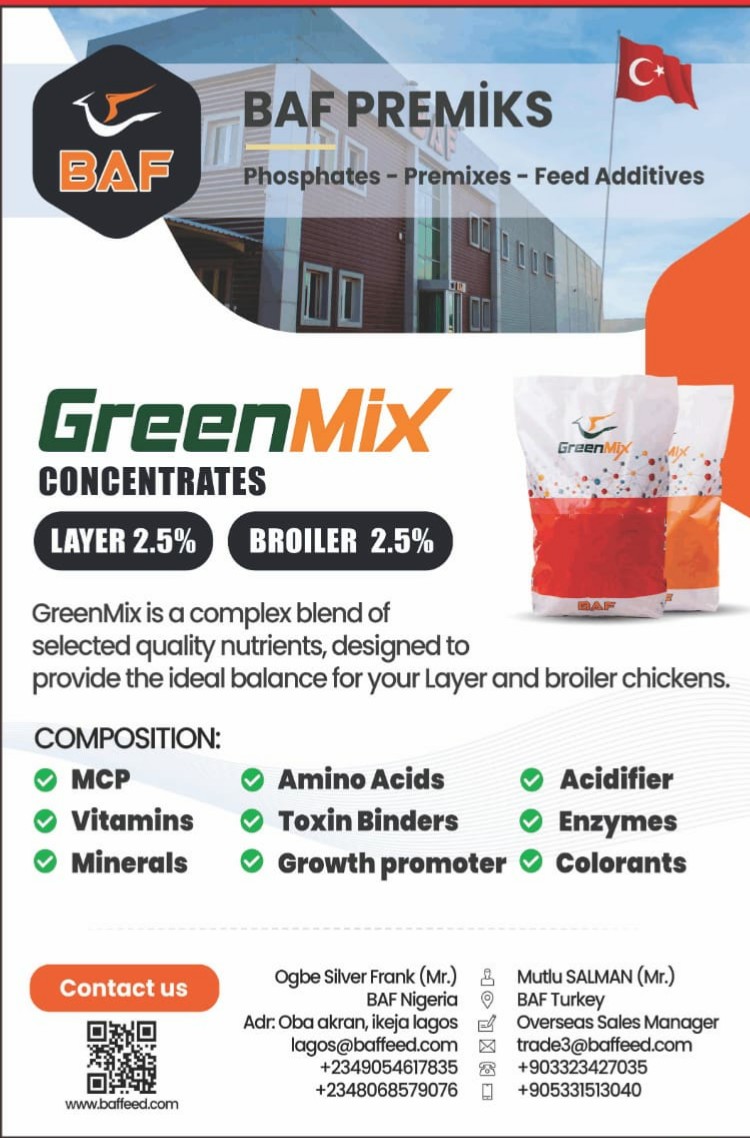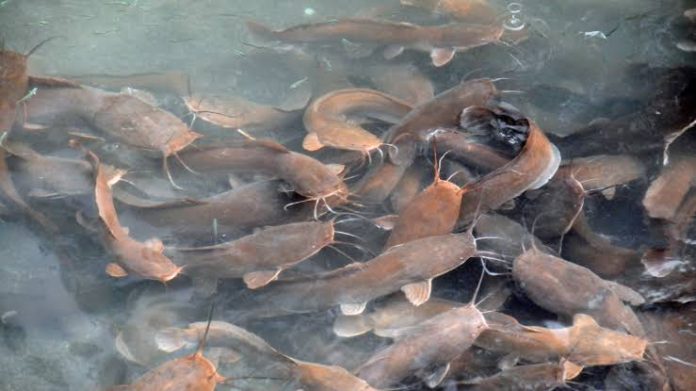Reasons Why Your Fishes Are Not Growing Fast
Many farmers have been complaining of their fishes not growing well. Some farmers may get discouraged and attribute the poor catfish or tilapia growth to a lot of things not knowing that there are important things they are not doing right.

 Learn More
Learn MoreA good number of cases of poor growth in catfishes and tilapia are due to
the neglect of the fundamental principle for profitable catfish or tilapia farming. If you don’t carry out the correct practices for profitable fish farming, you are inviting poor growth, mortality and general investment loss in your fish farming business.
Reasons Your Catfish Or Tilapia Are Not Growing Well
There are many factors that can cause slow growth in catfishes and tilapia and they are ⇓
1. Bad Or Poor Water Quality
Optimum water quality guarantees a high growth rate of catfish. This is because dissolved oxygen is adequate, dissolved carbon dioxide is low, pH is normal, dissolved nutrients are present at required concentrations.
Poor water slows down the growth of catfish and tilapia. Take your water quality management serious.
2. Poor Quality Of Feeds And Underfeeding
Unbalanced, substandard, or adulterated feeds lead to poor growth of fishes or even death. It is necessary to buy your feeds from an accredited and reliable dealer to avoid stories that touch the heart. If you produce your own feeds, make use of high-quality ingredients from reliable supplier or dealer and make use of the right feed formula for the specific age of your fishes
Higher quality feed and feeding the required amount of feeds results in a faster growth rate of fishes.
3. Poor Quality Of Fish Seed
Poor quality fries, fingerlings, or juveniles stocked will not grow well. This may be due to the poor genetic ability of the fish or poor health condition of the fish seed.
Some fish species are genetically superior in growth rate than others. This could be because of a high feed conversion and disease resistance characteristics. The growth rate of fishes can be improved through breeding.
Some fishes also have a poor health condition or lack of resistance to some diseases. This could be because of the broodstock used to produce the fish seeds or a hatchery error.
In all, avoid bad fish seeds when stocking your ponds to avoid high fish mortality or (and) poor growth.
You can read more on solutions to poor water quality, poor quality of feeds, and poor quality of fish seeds
4. Overstocking Your Catfish Pond
An overstocked or overpopulated fish pond is usually associated with a poor growth rate of fish. This is because of the high rate of competition for food, available oxygen, and space. In most cases, the bigger or more aggressive ones eat the weaker and smaller ones.
Make sure you stock the fishes at the optimum density required for adequate growth and development.
1-4 fishes per meter square for extensive system
4-10 fishes per meter square for semi-intensive system
10- over 100 per meter square for an intensive system.
READ ALSO: How to Improve Returns on Catfish Farming Investment in a Challenging Economy
Stocking capacity is dependent on management practice.
5. Sex Of The Fish
Most female fishes (both catfish and tilapia) convert most of their energy (consumed feed) to egg production and not flesh accumulation. Therefore, this makes them not to grow bigger compared to their male counterparts.
Stocking of only male fishes (catfish and tilapia) guarantee a higher growth rate and flesh accumulation.
6. Fishes not being in good health
Tilapia and catfish with a poor health condition are usually associated with poor growth rate.
Poor health may be as a result of nutritional deficiency, poor water quality, overcrowding, and handling stress.
The Recommended Expected Weight Of Your Catfish After Some Time
This is the recommended weight your catfishes should have after some month(s). This will help you to compare if you fishes are growing well based on what is expected. Please note that the recommendations below are purely based on average results achieved from various successful fish farms.
Assuming you stocked catfish juveniles of 10 grams, you should realize the following weights after specific months if you are carrying out all the best management practices.
READ ALSO: Causes of Poor Returns on Catfish Farming Investment
At end of first-month weight should be between 100-150 grams (0.1-0.15kg)
Second-month weight should be between 150-250 grams (0.15-0.25kg)
Third-month weight should be between 250-500grams (0.25-0.5kg)
Fourth-month weight should be between 500-900 grams (0.5-0.9kg)
Fifth-month weight should be between 900-1600 grams (0.9-1.6kg)
Sixth-month weight should be between 1600-2400 grams (1.6-2.4kg)
More than six months weight should be between Greater than 2400grams (>2.4kg)
The resulting weight above can be achieved under recommended best practices in catfish farming.
With good feeds that meet the nutritional requirement of your fishes, good water quality and good fish seeds, farmers should be able to get a result that falls within the range given above.















